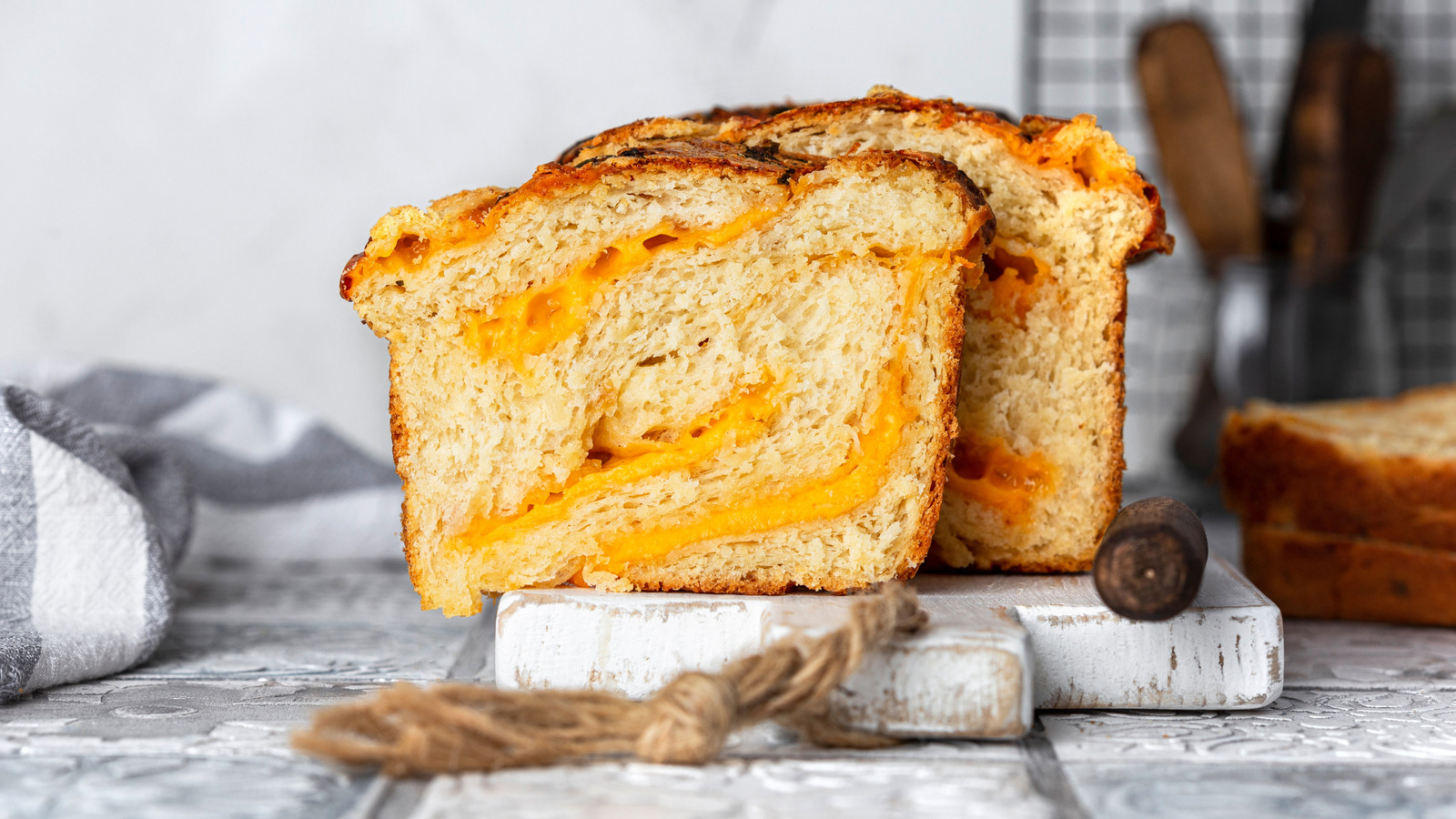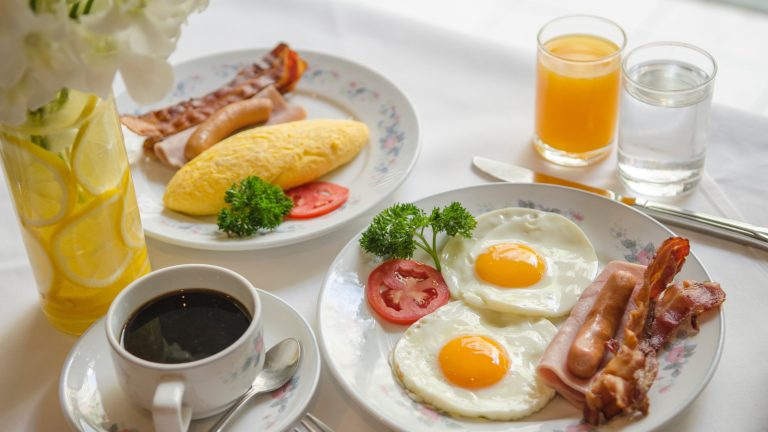We may receive a commission on purchases made from links.
Cheese and bread is a more iconic pairing than peanut butter and jelly or peas and carrots. Grilled cheese sandwiches, cheese pizza, and cheese plates are beloved examples of the duo. But incorporating the two into an epic cheesy bread is the ultimate act of decadence. We consulted Nanor Harboyan, executive chef at Helms Bakery in L.A., to help guide you through making cheesy bread at home. During our interview, Chef Harboyan focused on the best types of cheese to add to your bread as well as those to avoid.
“Cheddar, Gruyère, and Gouda are all good options; though I typically avoid anything that has been aged extensively, such as reypenaer or pecorino Romano, since aging cheese causes a change in texture and loss of moisture over time. Due to the drier nature of these cheeses, they have a tendency to split and get greasy while baking instead of achieving the proper melt you’re aiming for.”
Luckily, we have plenty of cheesy bread recipes that follow Chef Harboyan’s suggestions. For example, this recipe for cheddar beer bread and no-knead olive cheese bread both call for freshly grated cheddar for a gooey, melty texture and a sharp, sophisticated flavor. Gouda and Gruyère are richer, milder, and sweeter options that you could complement with herbs or caramelized onions for a more complex loaf of bread.
Tips on how to add cheese to bread recipes
Now that you know the best type of cheese to use in cheesy bread, Chef Harboyan gives us some important pointers on how to add it to your bread recipe. “Adding cheese to homemade bread could be tricky, so it’s important to use a high quality, full-fat cheese. The cheese should be grated or cut into ¼-inch pieces to be best distributed throughout the loaf.” Full-fat cheese gives you that meltability factor that makes for those sought-after cheese pulls. Plus, fat equates to more flavor and richness, so you’re also optimizing the taste of your cheese bread. Grating cheese is simple and quick; a box grater like this one from Spring Chef on Amazon is a kitchen tool any home chef should have.
That said, you can also use a paring knife or butcher knife to cut small cubes. While cheese is best served at room temperature, it’s much easier to grate when it’s cold. Whether you’re folding the cheese into a yeast-based loaf before shaping it or stirring it into a loose quick-bread batter like that used in these cornbread recipes, shredded or finely chopped cheese bits are a lot easier to incorporate. Moisture is a contributing factor to meltability, which is why Chef Harboyan avoids aged cheese. Still, these complex, salty, and nutty aged cheeses are common additions to garlic bread and pizza, so you can certainly take a Microplane to them as a finishing touch for a slice of baked cheese bread.






